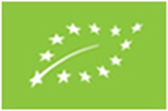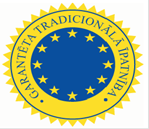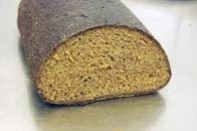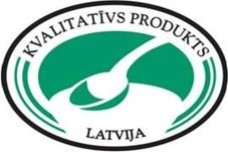Protected Geographical Indication scheme, Protected Denomination of Origin scheme, Guaranteed Traditional Specialties scheme
On October 11, 2013, a Regulation (EU) No. 978/2013 was adopted, by which a name of the product is entered in the register of traditional specialties (Sklandrausis (GTS).
Sklandrausis is a round cake with a diameter 10 – 14 cm. The bottom is made of hard rye flour dough, rolled out 2- 3 mm thick. Then cake bottoms are pressed out with a round
object, sides are elevated. Then the bottoms are filled with layers of boiled mashed potatoes and carrots, ratio 1:2. Potato layer is under the layer of carrots. The ready sklandrausis is 1,5 – 2,5 cm thick. It is characteristic for orange carrot color. On top some cream may be smeared. Its taste can vary from slightly sweet to very sweet. Upon eating, a marked taste of bread is felt due to rye flour bottom, but in general carrots dominate the taste. Sklandrausis is usually eaten when cold with tea or milk.
On January 8, 2014, the Regulation (EU) No.12/2014 was adopted, by which the name of the product is entered in the register of traditional specialties (Scalded rye bread) (GTS).
In Latvia, rye and barley are the most ancient cereals, as they were best suited for our rough Northern climatic zone. Among other foods, which Latvians have on the table during festivities, rye bread is always in the place of honor. Rye bread has been included into the canon of Latvian culture that is the totality of the most outstanding and remarkable pieces of art and cultural values and reflects the most significant cultural achievements of the nation. The words “scalded rye bread” means that the bread is baked from coarse rye flour, using scalding method, namely, a hot water is poured over the part of the flour. This product is even more specific because the leaven is scolded in wooden tubs and during scalding and kneading caraway-seeds and sugar is added, as well as due to its oblong form.
In 2013, applications were sent to the European Commission with a request to include the product “Carnikava lamprey” into the register of Protected Geographical Indication scheme and the product “Latvian grey peas” into the register of Protected Denomination of Origin scheme.








